When the world came to town
Today we stayed fairly close to home base after the previous day’s excursion to the Great Wall. The students spent the morning at the exhibition area setting up their science projects and the adults from all the various delegations went to a gorgeous campus/complex a few miles down the road that was the site of the Asian-Pacific Economic Cooperation (APEC) Summit of 2014.
If you do a quick Google search (something you really can’t do in China on any official internet source) of APEC Beijing you will see tons of international media coverage. This was a really big deal for China and for this district to host all the world leaders including our President Obama. The pictures here may help you understand the scale and grandeur of this place, which I find out from others on the tour that this site was built specifically for that summit and has no official use any more other than tourists.
Some estimates reported in some Western media suggested China spent $16 billion on infrastructure and other improvements just to host this summit. It was not just building these grand facilities on its own island, but also new roads, planting literally thousands of trees and shutting down factories for weeks to improve the air quality. All of the expense and time is hard to fathom in some ways, but one can also tell from talking to our Chinese hosts that having this global summit in this small district in Beijing was and is still an enormous sense of pride for them. I can only imagine how they felt about hosting the Olympics. The tour guide pointed out in one of the grand ballrooms we saw was the site for the closing press conference. Again, I had to resist relying on my Western lens on hat comment and understand that for the Chinese, this was like having the United Nations Assembly meet in their hometown.
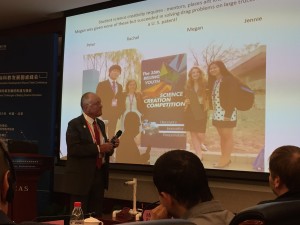 |
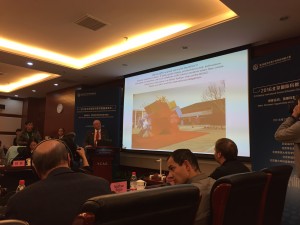 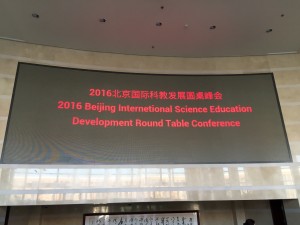 |
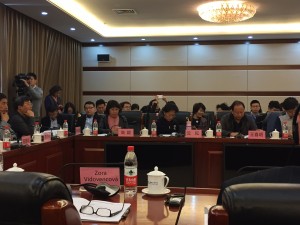 |
 |
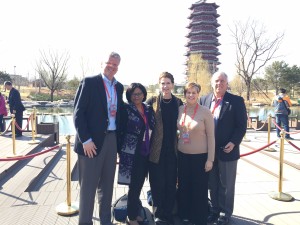 |
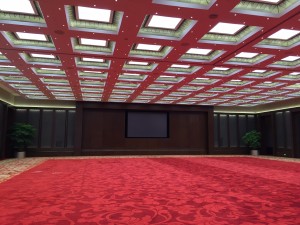 |
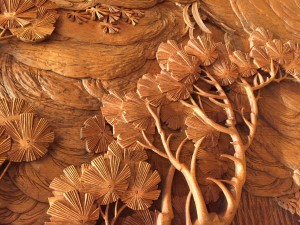 |
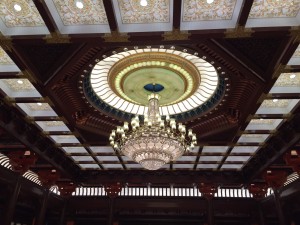 |
During the afternoon our students began the competitive process in earnest. International judges walked through the exhibit hall and quizzed the students on their research, methodolgies and outcomes. They all seemed pleased with how it went. While that was happening the rest of us participated in a roundtable discussion with leaders from each delegation and Chinese officials on science education. The theme was around the new Maker Movement that is credited with starting in Boston with the Fab Lab and is now a growing international effort to incorporate hands on creating as part of regular classroom instruction – think robotics, design, 3D printers, laser cutters and precision tools.
It’s a natural STEM extension of project learning. Our own Dr. Fran Nolan gave a terrific talk on some innovative classroom designs and programs in North Carolina. Fran has been coming here for 10 years now and is clearly beloved and respected by the various delegates and Chinese officials who have worked with him over the years. There were many similar themes echoed by speakers from China that we talk about in the U.S. How do your train and equip teachers to utilize these new approaches. How do you carve out the time in a school day that is already so structured and full with assessments? How do you incorporate the new higher standards? And how do we equip students not just with knowledge, but how to apply and create with it? In some ways it was reassuring that the US – and North Carolina – is not alone in trying to address these challenges. In all, an interesting and thought provoking day.
Tomorrow will be more of the actual Science Challenge competition with a national Chinese robotics competition for younger children going on simultaneously. Lots of activity on this little mountain campus.
—
Keith Poston
President and Executive Director
Public School Forum of North Carolina
